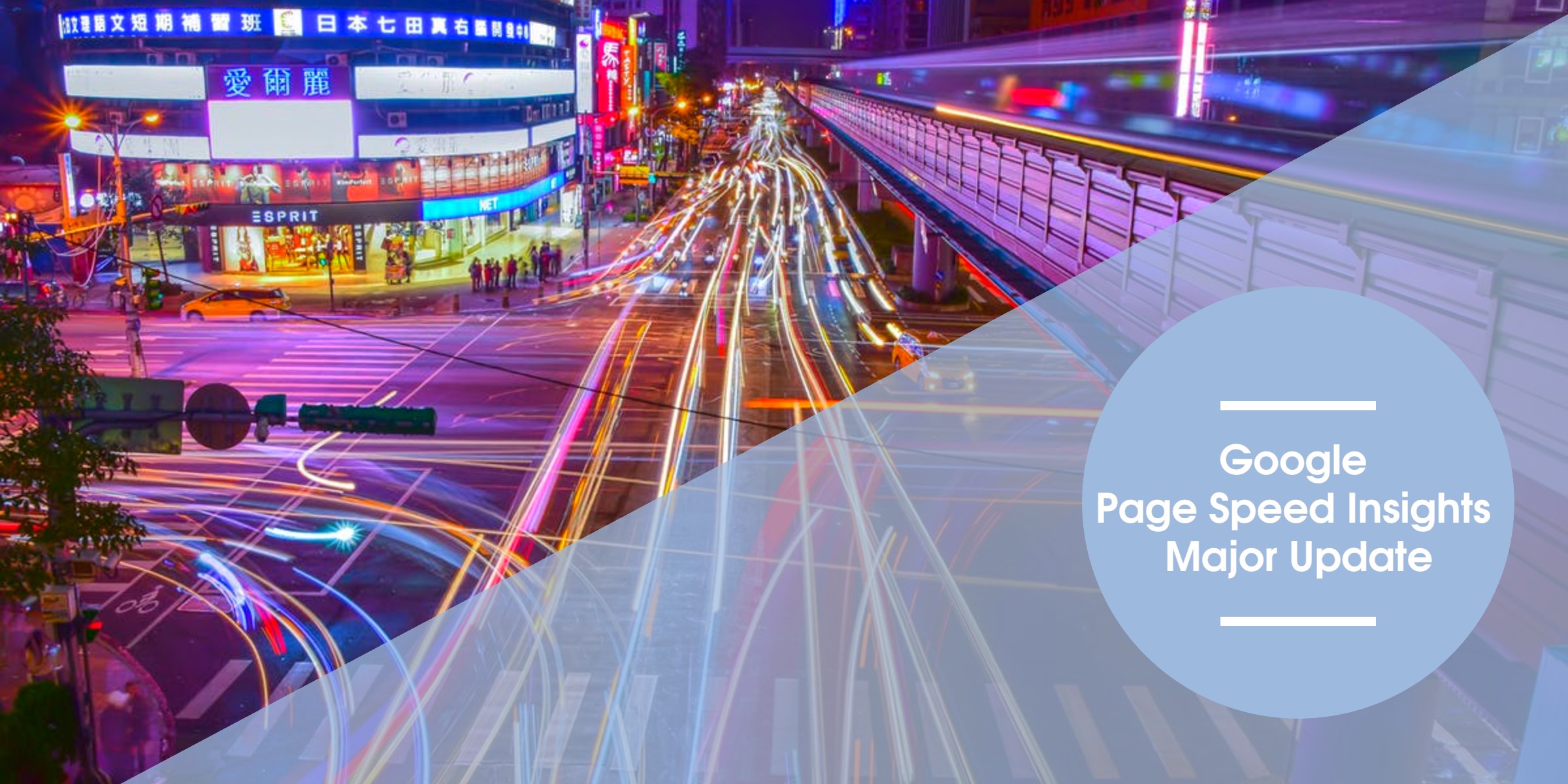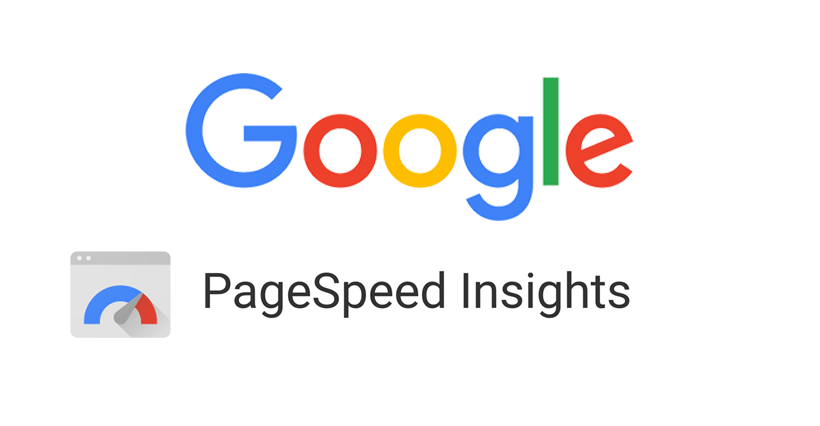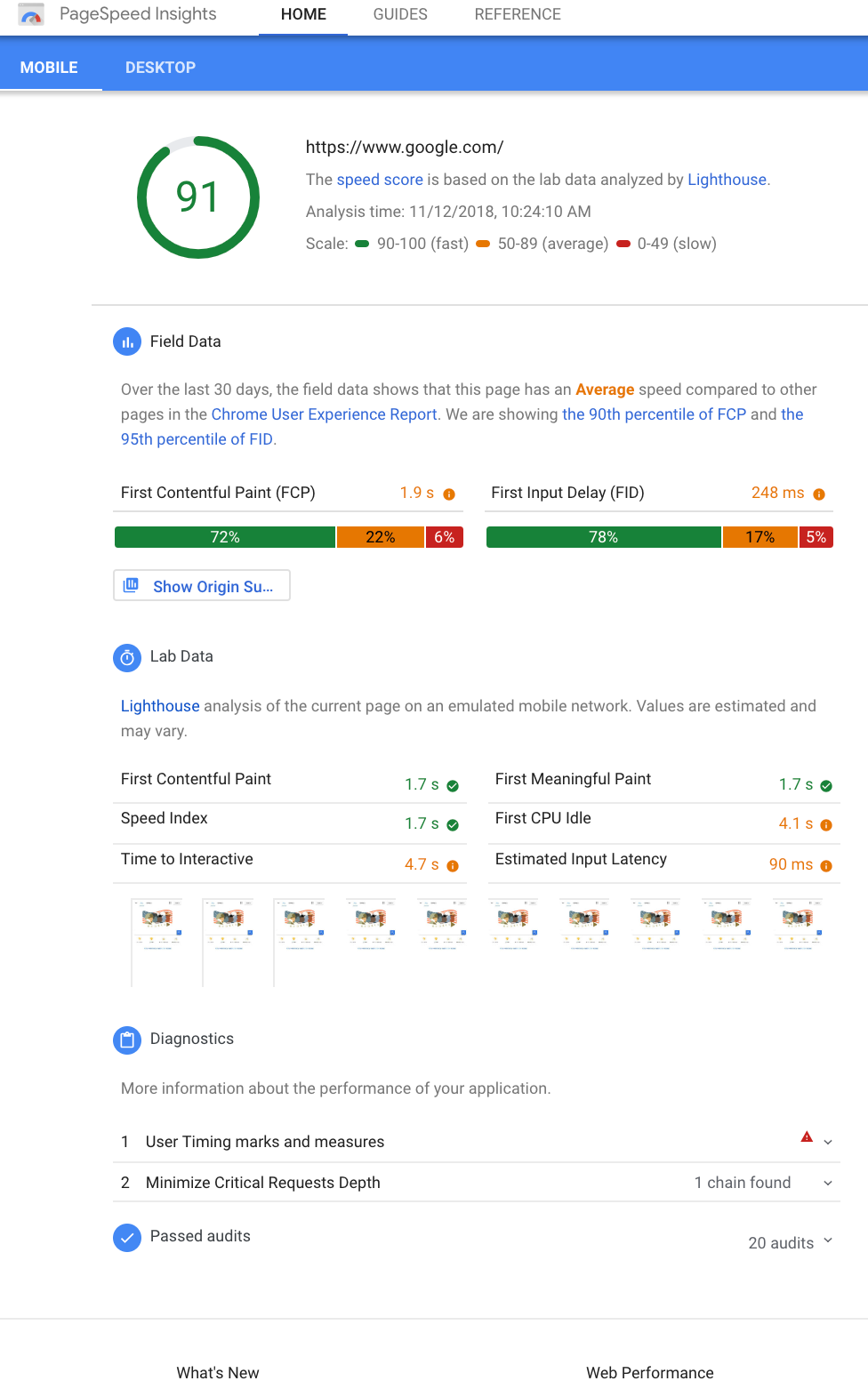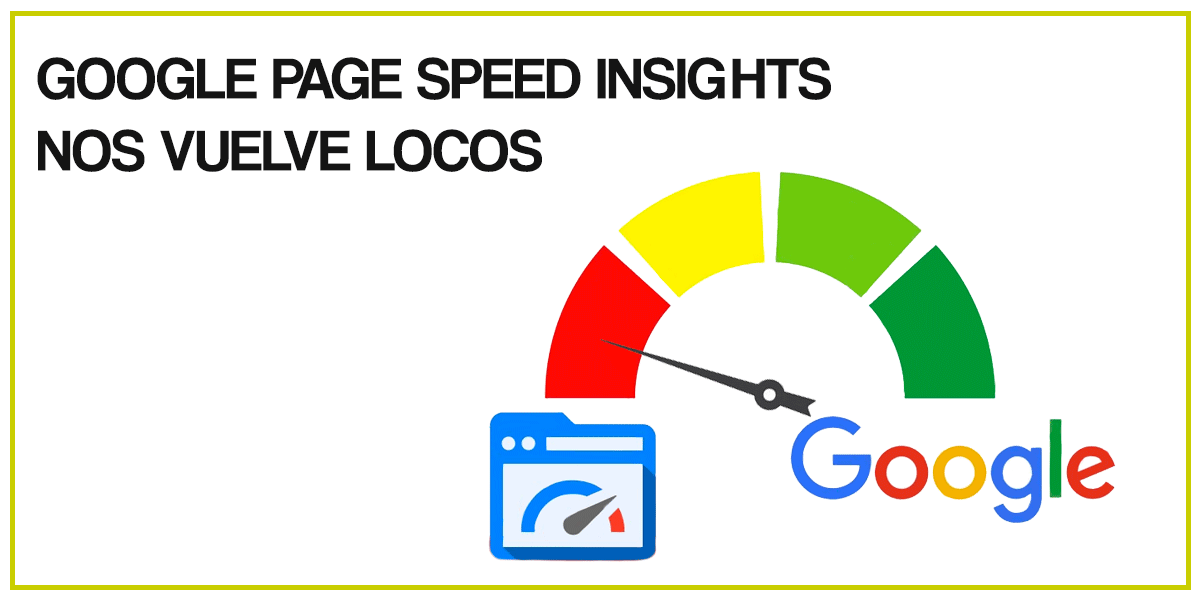


Speedmine can run on any website, on any number of pages. The challenge was to create something that would work as well on smaller pages as it does on large websites, that could store and collate data into meaningful metrics, and could do it all automatically.Įnter Speedmine, a Three Whiskey tool that runs in the background to collect page speed performance data on any website. We wanted to be able to provide our clients with a better way to assess their page speed. Likewise, smaller companies may struggle to get enough data to provide meaningful metrics. On top of that, many don’t provide lighthouse results to identify valuable optimisation opportunities, and you may not get the detailed data you need to make improvements to your website.įor companies with multiple websites with thousands of pages, some of which are niche enough to have fairly small amounts of traffic, collecting relevant data can be an enormous task. They can also be tedious to use, as most require running data by hand. Most of them rely on user-generated data, so don’t work for websites with lower volume. You might have noticed that many of these tools have serious limitations – we certainly did. It’s efficient and gives you data by URL, but you’ll need to manually run the crawls and keep your computer on while they run – and the data isn’t presented very clearly, making it difficult to share.

Screaming Frog’s PageSpeed Insights plugin collects page speed data in bulk using the PageSpeed Insights API. However, they’re limited in their ability to connect to other data sources. Other tools - like Lighthouse, Request Metric’s Core Web Vitals Monitoring and clickio’s Core Web Vitals Monitoring - are great for seeing your page speed results on a page-by-page basis.

Simply put, page speed is how quickly content loads on your website – but it’s also a valuable indicator of how a user is going to feel when they visit your website. Read on to find out about our new Speedmine tool, but first, let’s take a closer look at why page speed matters so much. There just isn’t a tool that suits every business - so we made one. That makes monitoring your site’s page speed performance an essential task - and while there are a variety of tools available to help, we’ve noticed some big gaps in the insights they provide. But not only does page speed impact ranking, a slow load speed also negatively affects user experience and can lead to higher bounce rates and lower conversions. When Google introduced Core Web Vitals in 2020, it solidified something our SEO experts already knew: page speed is a crucial determinant in how a website ranks in search results.


 0 kommentar(er)
0 kommentar(er)
